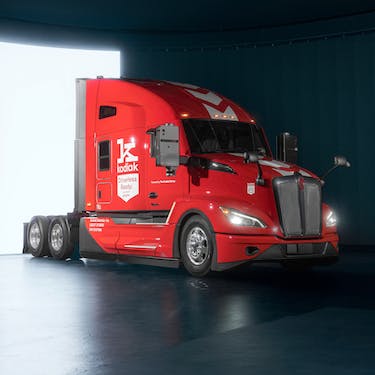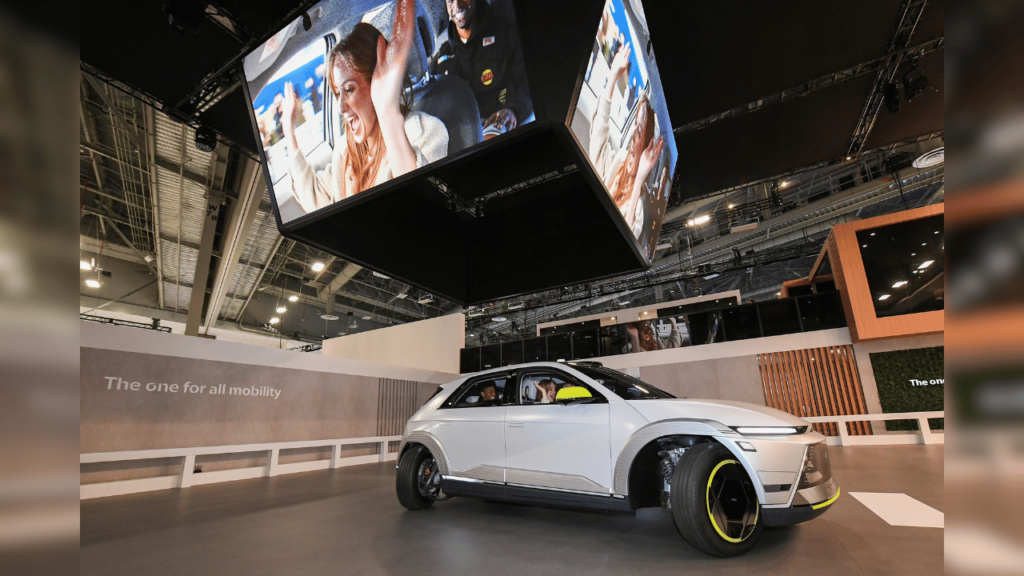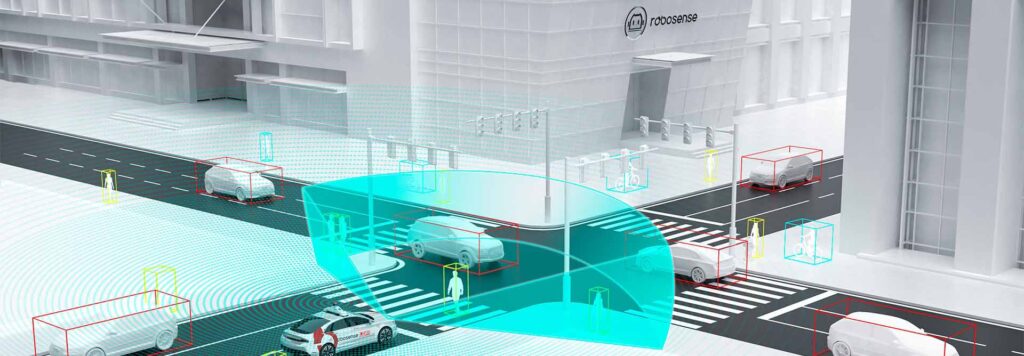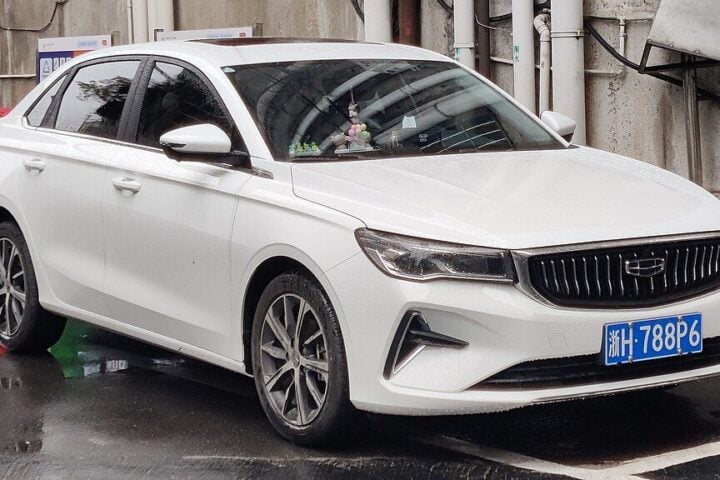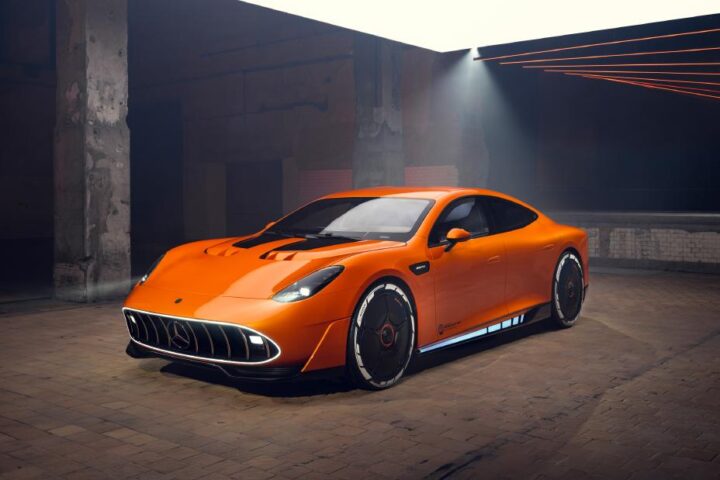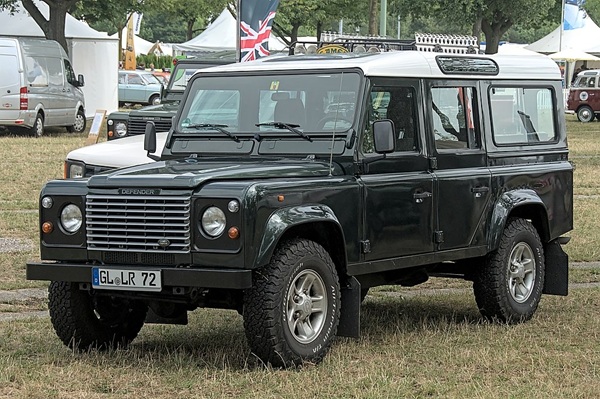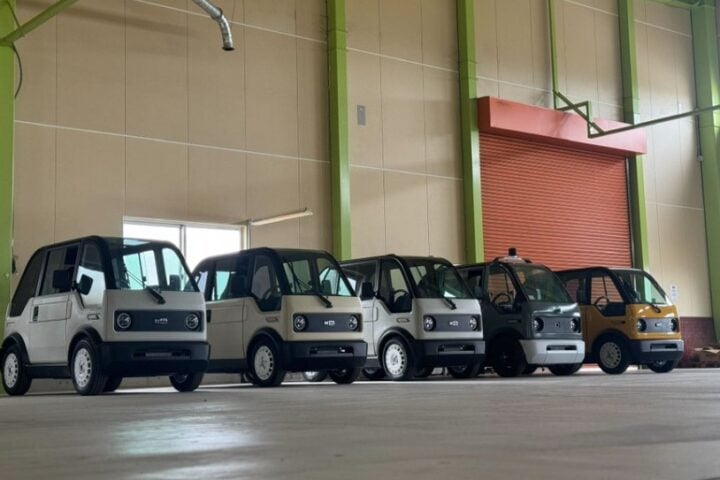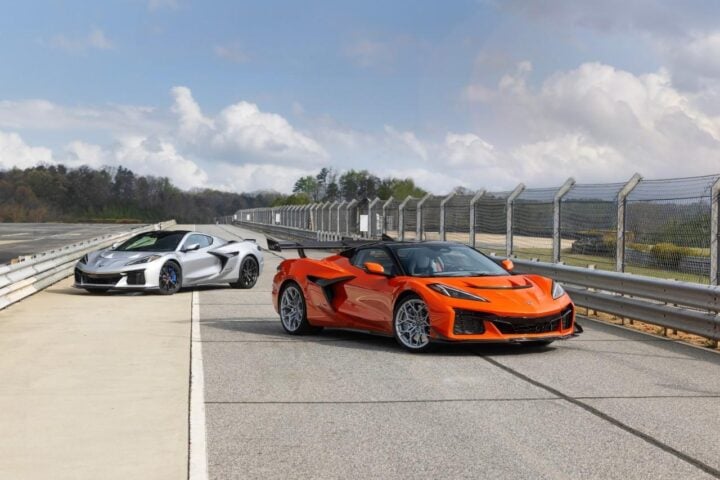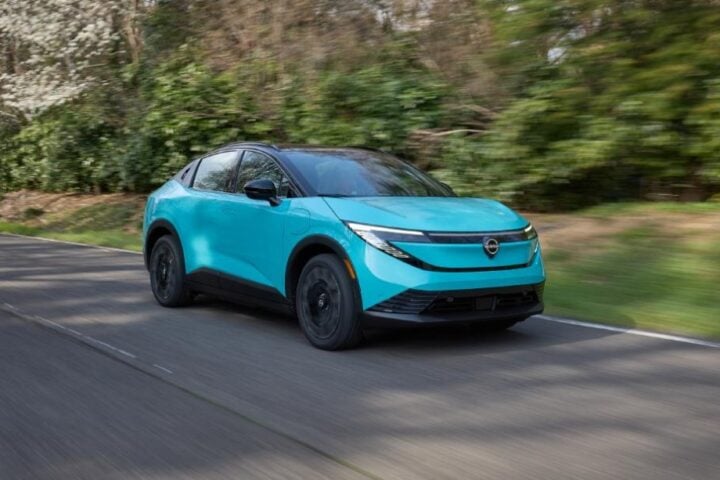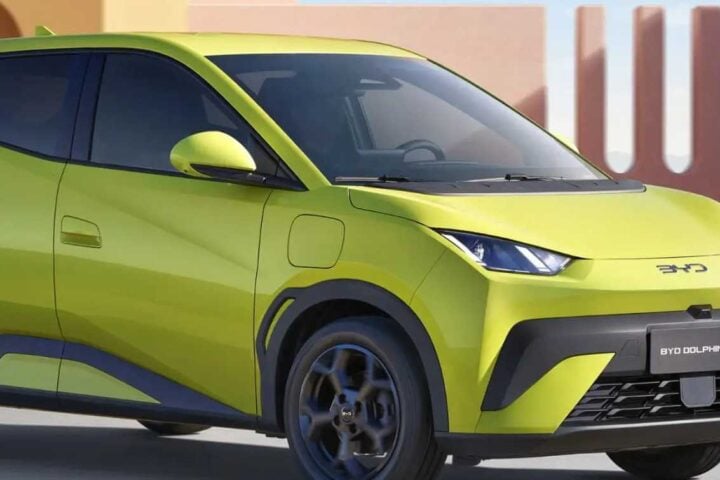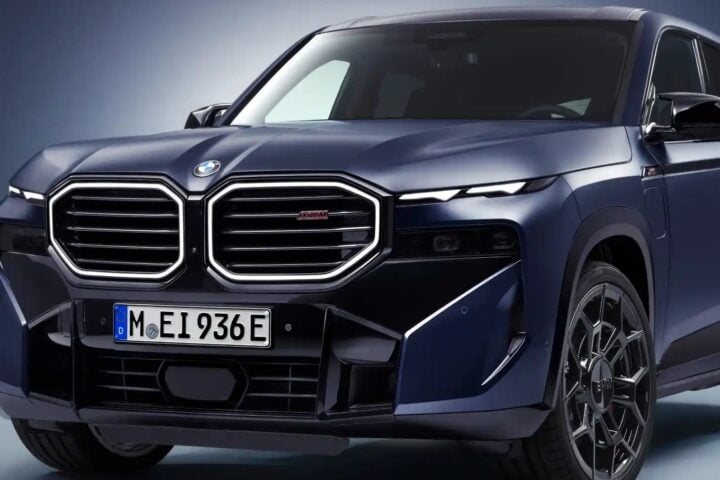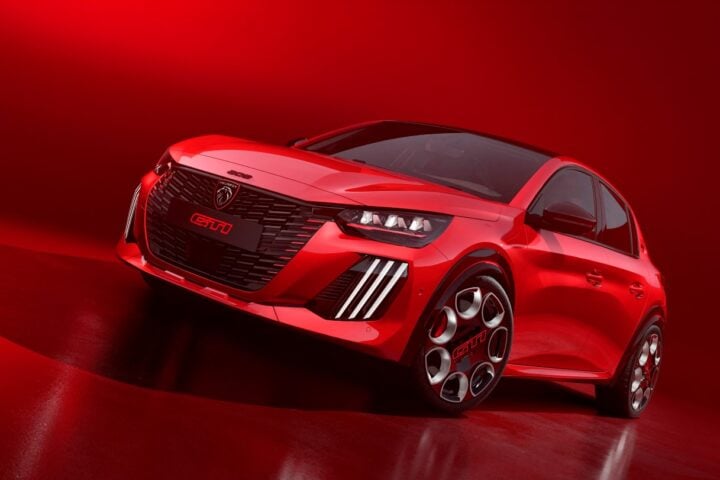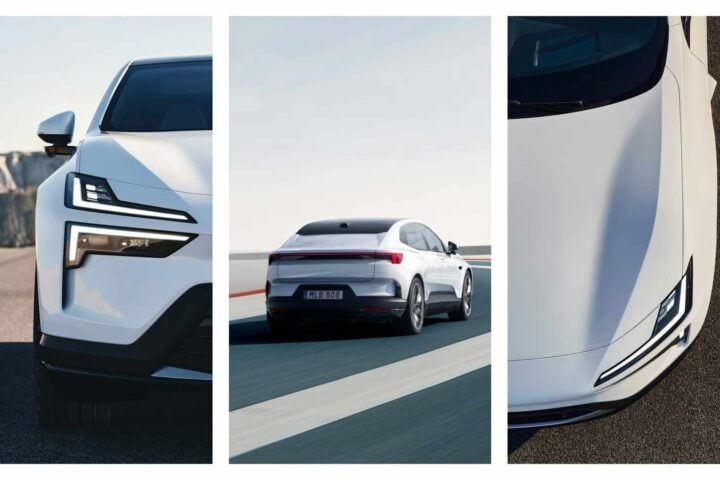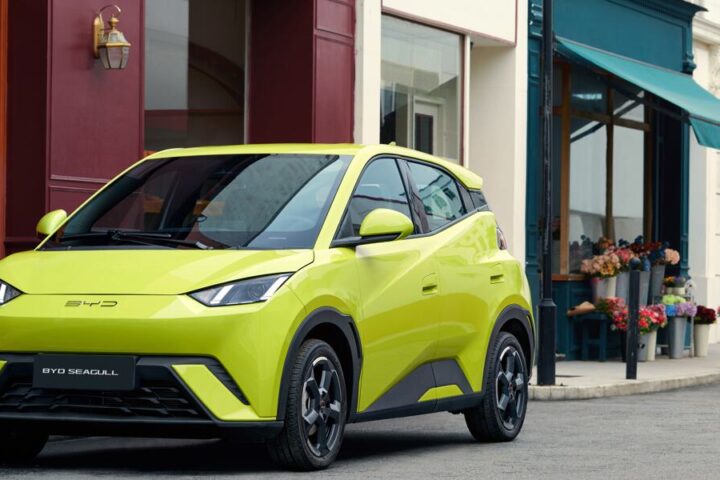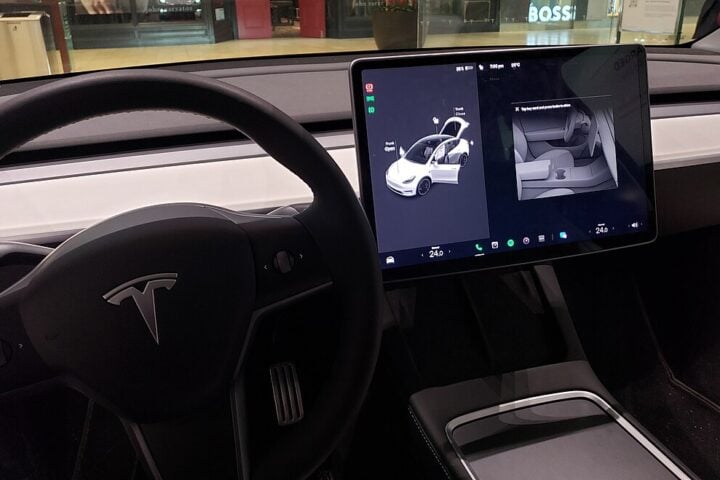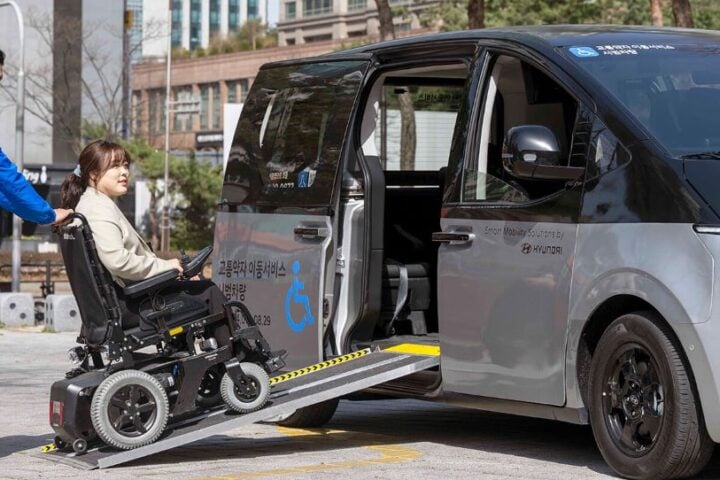A leader in the autonomous trucking sector, Kodiak Robotics recently made headlines at CES 2024 with the introduction of their sixth-generation semi-truck, which represents a major advancement in autonomous technology. This cutting-edge truck is built for scalable deployment and will redefine the self-driving truck industry.
Building on five years of real-world testing, which included more than 2.5 million kilometers and the transfer of 5,000 loads, the truck is the result of Kodiak’s vast experience. The truck’s durability and effectiveness in long-haul haulage have been confirmed by this rigorous testing, both in terms of software and platform integrity.
Similar Posts
The truck’s complete redundancy across all safety-critical functions is a key component of its design. For example, Kodiak’s unique software controls each of the three separate brake actuators in the pneumatic braking system. The backup mechanisms are intended to stop the vehicle safely in the case that a braking actuator fails. Similarly, there are two ZF actuators in the dual-redundant steering system. The secondary actuator smoothly assumes control in the event of the primary actuator failure, guaranteeing complete control and the safety of the vehicle.
Additionally, Kodiak’s high-integrity Actuation Control Engine (ACE), a specially created safety computer that steers the truck to a safe condition in the event of a major system failure, is installed on the vehicle. The truck also has a redundant power system, which makes sure that even in the event of a subsystem failure, all electrical systems, including computers, sensors, and actuators, continue to function.
Kodiak’s truck, which is the sixth generation, has impressive technological innovations. Compared to Kodiak’s first-generation truck, it has twice as many GPU processor cores, 1.6 times faster processing speed, three times more memory, and 2.75 times more bandwidth for software activities. Long-range object detection has been improved with the addition of two new, higher-resolution LiDAR sensors and two more side radar sensors to the truck’s SensorPodsTM. Twelve cameras, four LiDAR sensors, and six radar sensors total are installed on the truck, and they are all driven by Nvidia GPUs for high-performance processing.
Extra-bright, top-mounted danger lights that adhere to Federal Motor Vehicle Safety Regulation 392.22 are among the other novelties. The purpose of these lights is to draw attention from other motorists to the truck’s position by the side of the road. This is an essential function for autonomous vehicles, as they are unable to activate warning lights or road flares. Additionally, the truck has microphones to pick up on potential threats and emergency vehicles. Moreover, redundant LTE communications links are included to ensure dependable communication with Kodiak’s command centers located in Mountain View, California, and Lancaster, Texas.
Over the course of the truck’s operating existence, Kodiak intends to update it frequently with new features and capabilities. The truck’s sensor and machine learning capabilities will be improved with the projected incorporation of a next-generation Ambarella CV3-AD AI domain control system-on-chip (SoC) later in 2024.
In the field of autonomous trucks, Kodiak Robotics’ creation marks a critical turning point. It demonstrates the business’s dedication to innovation and safety and paves the way for long-haul driverless transportation in the future. Differentiating itself from competitors in the area, Kodiak’s approach to establishing a truck-agnostic platform, independent of any one manufacturer, allows for quick advancement and deployment. By taking this calculated risk, Kodiak is able to accelerate the deployment of its autonomous vehicles, with plans to start operating between Dallas and Houston in 2024 and achieve commercial deployment by 2025.
